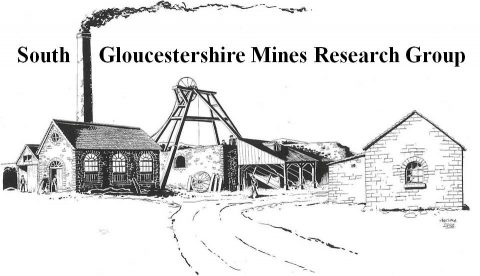One of the Old Mineral Industries of Yate
This publication by H. Lane and D. Hardwick of the South Gloucestershire Mines Research Group tells the remarkable story of how the small parish of Yate in South Gloucestershire became the world’s leading producer of celestine, providing over 80% of the global supply of strontium at its peak.
Celestine (also known locally as “spar”) is a crystalline form of strontium sulphate that formed millions of years ago when an ancient inland lake surrounded by desert dried up, leaving mineral deposits in the Keuper Marl. These deposits created a unique geological feature stretching approximately seven miles from Westerleigh through Yate and Wickwar to Charfield, with the white or creamy crystalline mineral appearing in irregular beds that could be up to three feet thick.
Celestine extraction in the Yate area began in the late 1800s when a German sugar refinery discovered that the local deposits were purer than any other source. Initially, the industry was worked part-time by farmers and landowners who dug the mineral by hand, and the industry evolved from these humble beginnings into a significant economic force for the region.
A pivotal moment came in 1912 with the formation of the Bristol Mineral & Land Company, which organised and controlled extraction more systematically. The industry survived both World Wars, adapting to changing markets when German customers were lost by cultivating American buyers instead. By the 1930s, technological advances found new applications for celestine in pyrotechnics, as it burned with a bright red flame when powdered and mixed with chemicals.
This comprehensive history traces the industry’s development through its mechanisation in the post-war period, when bulldozers and excavators replaced hand digging, to its peak in the 1960s, when Yate’s output reached 10,000 tons annually—approximately 90% of world production. The publication also documents how Celestine’s presence influenced regional planning, with housing developments being restricted until the valuable mineral had been extracted.
The narrative follows the company’s various ownership changes, from its acquisition by Albright & Wilson in 1941 to the English China Clay Company in 1969 and its rebirth as an independent operation under Roger Pauley (grandson of original founder Carl Pauli) in 1975 after temporary closure. The story concludes with the industry’s gradual decline as overseas deposits became more economical to work, with extraction finally ceasing in the mid-1990s—almost exactly matching the 25-year forecast made in 1960.
Interwoven with this industrial history are personal connections, including author David Hardwick’s discovery that his great-grandfather sold celestine from his farm before World War I, and memories from workers who experienced the transition from hand digging to mechanical extraction. The publication features historical photographs, maps of the deposit areas, and records of production figures that document this unique chapter in British mineral history.
This booklet represents the most comprehensive history of the celestine industry published to date. It preserves the story of a little-known but internationally significant mineral extraction industry that shaped the development of Yate and left its mark on the landscape of South Gloucestershire.
